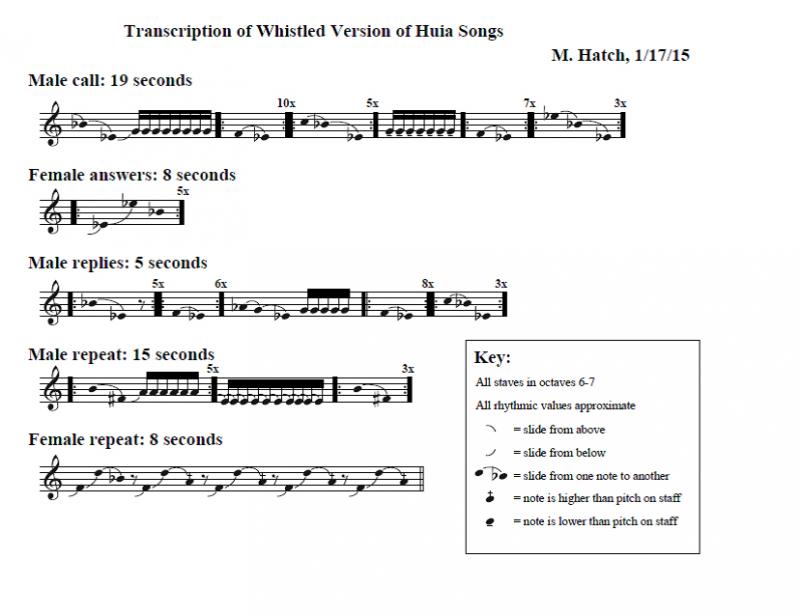Mitman, Gregg, Armiero, Marco, and Robert S. Emmett. Future Remains: A Cabinet of Curiosities for the Anthropocene. Chicago: University of Chicago Press, 2018.
Objects that are left behind define the society that made them. What will future archaeologists find and what will these Objects of the Anthropocene say about our society? In a joint project with the Center for Culture, History, and Environment (CHE), the Environmental Humanities Laboratory (KTH), and the Rachel Carson Center (RCC), we invited scholars, artists and writers to pitch objects, which they imagine could be part of this Anthropocene Cabinet of Curiosities. These objects represent the interaction between humans and nature. How have they influenced us and the world we live in? What stories do they tell? Future Remains tells these stories. The Environment & Society Portal provides an opportunity to transcend the paper product and presents two multimedia objects for the viewer to enjoy.
What can a pesticide pump, a jar full of sand, or an old calico print tell us about the Anthropocene—the age of humans? Just as paleontologists look to fossil remains to infer past conditions of life on earth, so might past and present-day objects offer clues to intertwined human and natural histories that shape our planetary futures. In this era of aggressive hydrocarbon extraction, extreme weather, and severe economic disparity, how might certain objects make visible the uneven interplay of economic, material, and social forces that shape relationships among human and nonhuman beings?
Future Remains is a thoughtful and creative meditation on these questions. The fifteen objects gathered in this book resemble more the tarots of a fortuneteller than the archaeological finds of an expedition—they speak of planetary futures. Marco Armiero, Robert S. Emmett, and Gregg Mitman have assembled a cabinet of curiosities for the Anthropocene, bringing together a mix of lively essays, creatively chosen objects, and stunning photographs by acclaimed photographer Tim Flach. The result is a book that interrogates the origins, implications, and potential dangers of the Anthropocene and makes us wonder anew about what exactly human history is made of. (From the University of Chicago Press website)
Huia Echos by Julianne Lutz Warren
“Human Imitation of Huia,” Catalog #16209. The Macaulay Library at the Cornell Lab of Ornithology; William V. Ward, recordist; Matthew Young, editing technician.
Marine Animal Satellite Tag by Nils Hanwahr
Desert Star Systems SeaTag-SAM Deployed in Fiji. Published on Jun 8, 2015
Future Remains: A Cabinet of Curiosities for the Anthropocene
Contents
Acknowledgments
Preface by Gregg Mitman, Marco Armiero, and Robert S. Emmett
The Anthropocene: The Promise and Pitfalls of an Epochal Idea by Rob Nixon
Hubris
Anthropocene in a Jar by Tomas Matza and Nicole Heller
Concretes Speak by Rachel Harkness, Cristián Simonetti, and Judith Winter
The Age of (a) Man by Joseph Masco
The Manual Pesticide Spray Pump by Michelle Mart and Cameron Muir
Hubris or Humility: Genealogies of the Anthropocene by Gregg Mitman
Living and Dying
Huia Echoes by Julianne Lutz Warren
Snarge by Gary Kroll
Marine Animal Satellite Tags by Nils Hanwahr
Artificial Coral Reef by Josh Wodak
Freezing Life in the Anthropocene by Elizabeth Hennessy
Racism and the Anthropocene by Laura Pulido
Sabotaging the Anthropocene; or, In the Praise of Mutiny by Marco Armiero
Laboring
On Possibility; or, The Monkey Wrench by Daegan Miller
The German Calico Quilt by Bethany Wiggin
Anthropocene Aesthetics by Robert S. Emmett
Making
The Mirror—Testing the Counter-Anthropocene by Sverker Sörlin
Objects from Anna Schwartz’s Cabinet of Curiosities by Judit Hersko
Technofossil by Jared Farmer
Davies Creek Road by Trisha Carroll and Mandy Martin
Anthropocene Cabinets of Curiosity: Objects of Strange Change by Libby Robin
Reprinted with permission from Future Remains: A Cabinet of Curiosities for the Anthropocene, edited by Gregg Mitman, Marco Armiero, and Robert S. Emmett, published by the University of Chicago Press. © 2018 by the University of Chicago. All rights reserved.



